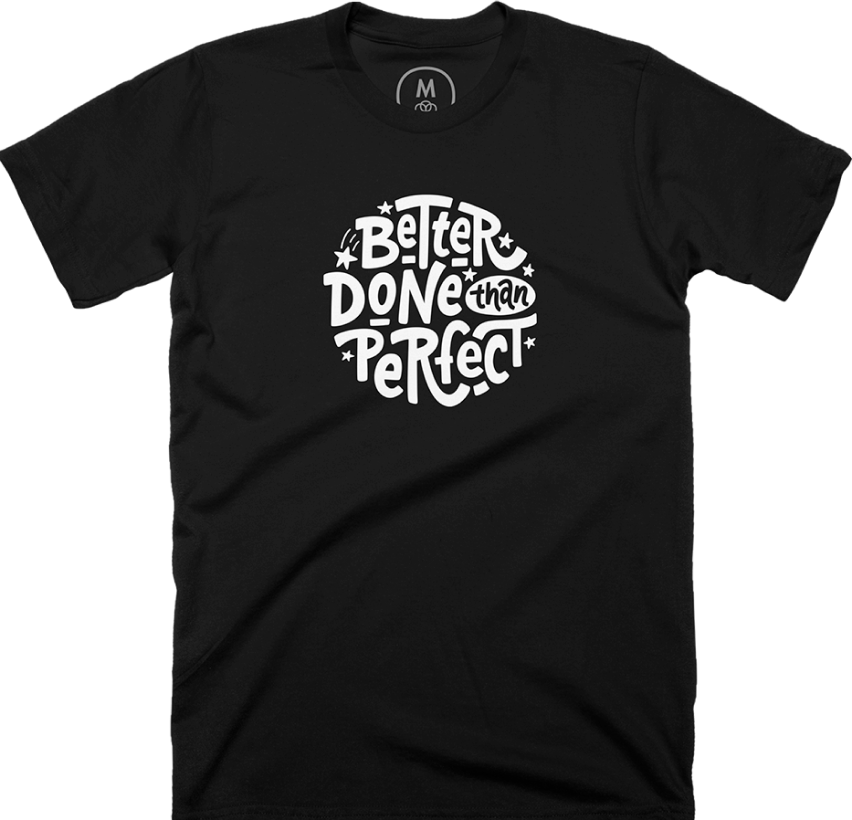Kieran Tie, founder of the editorial service Chatty, began his career developing software. He then moved into managing software development, switched to product management after that, and burned out while doing so. After quitting his job, he started writing and “accidentally found himself in the content marketing space.”
As a freelance writer in the SaaS space, Kieran started doing some editing in addition and realized:
“I really enjoyed editing and helping writers craft their stories even more than doing the writing myself.”
The opportunity to start an editorial service came out of this realization — Kieran could help his clients produce their best work, using the writers and processes they already had, by serving them in that editorial role.
Different types of editing
While some think of proofreading as “editing,” there are several different types of editing and Jane asks Kieran to first help us understand the differences. He starts on the opposite end of the spectrum as proofreading with the more abstract — developmental editing. Strong writing stems from identifying a concise thesis and then referring back to that when filling in the supporting detail. In turn, we should edit with this in mind:
“A lot of people don’t realize that great editing really begins before the piece is even written: coming up with ideas, clarifying your ideas, clarifying the arguments that you want to make.”
Writers who spend time planning what to communicate, how to do so, and why it matters to the audience make a strong foundation for their pieces. After the arguments are aligned with the thesis, you can edit for style and substance in this structural editing stage:
“Make sure that your introduction is compelling and hooks the reader into continuing to read the piece. Make sure that your conclusion loops back to the introduction, builds on that, and introduces the bigger picture for the piece that you’re writing.”
Finally, the polishing stage at the end is copy editing and proofreading. Kieran says it’s the smallest part in the entire editing process and includes:
“Choosing the most appropriate words for the reader, making sure that the sentences are structured correctly, and making sure that there are no spelling mistakes.”
Jane asks Kieran if all of these steps would fall to different people. Occasionally, some can handle them all, particularly if they can rely on tools like Grammarly and Writer.com for proofreading, but:
“Oftentimes the skills to edit the structure or the story behind a piece are very different to the skills needed to copy-edit or proofread a piece. Commonly, you’ll see a dedicated content editor or developmental editor for a book. For example, they’ll have a separate developmental editor and a separate copy editor that goes through and dots the I’s and crosses the T’s at the end to make sure.”
Working with editors
To source freelance editors for Chatty, Kieran says they work with job ads from content marketing communities or journalism communities. Editors take a self-assessment to determine strengths, weaknesses, and preferences. Additionally:
“We’re working on rolling out a standardized editing test where we give the same article to each editor that we work with and ask them to leave feedback on that document using track changes in Google Docs. From there, we can assess how strong they are in the different areas of editing — structural versus developmental versus proofreading and copy editing.”
Due to the freelance nature of the team, they can provide good coverage across many different skill sets together. These writers generally will charge in different ways. Kieran says that some will charge by the hour, some by word, and some as a flat rate for a piece but that they try to standardize a bit:
“What we’ve done at Chatty recently is quote a per 100-word block rate just to make the math a little bit easier for editors on the backend. That gives us the flexibility to account for different rates on different types of content. Also, it gives us the flexibility to work with editors based on their experience level, and make sure that we’re paying them a fair rate for the level of experience that they’re bringing to the table.”
When to start editing professionally
Jane points out that for SaaS companies getting started in editing, it’s not always feasible to hire singularly-focused editing professionals. Krista, at Userlist for example, is a content manager that also handles editing in the form of peer-review.
Kieran says many start out self-editing or peer-reviewing in a similar fashion. Tools like Grammarly and Writer.com can help with some of the proofreading burden, and he says to consider professional help as you start to monetize the content:
“Having a professional set of eyes on any piece of content that you’re publishing with a business goal — whether it’s to bring in leads, whether it’s to make sales, anything like that — is really valuable. The investment in working with a professional editor, even at a fairly basic level, is really valuable to companies that are drawing value from their content.”
Chatty offers both services for unlimited editing submissions and on-demand editing services so that you can skip the task of vetting someone qualified to work with.
Tools and commenting
Jane wonders if Kieran knows of a secret tool, one that works well with suggested edits, other than the seemingly ubiquitous Google Docs. Kieran pushes back a bit on the importance of “suggested edits” and he prefers a good commenting flow for suggestions. They allow for feedback, prodding, conversation — essentially more of a two-way conversation than suggested edits sometimes provide. Google Docs remains the most popular:
“All you need to do is share a link to the document and anybody can access that. We do have some clients still using other tools. Some clients are using dedicated content management tools. A couple of clients are using Word documents, which I don’t particularly enjoy, but it’s difficult to convince people to change their processes.”
No matter the tool, it’s important for Kieran to understand that he won’t have the writer’s full mindset when editing and commenting. He leaves positive praise, criticizes the writing and not the person, and expects that there is some percentage of his suggestions that ultimately shouldn’t end up being accepted because he doesn’t know everything.
Negative writing habits
As a set of practical tips, Kieran shares some of the bad writing habits that he sees.
The first is repeated phrases. A writer may use the same words or similar phrasing over and over in quick succession. An editor can much more easily catch these repetitions.
The second is when a writer assumes the reader has knowledge that they themselves have. Having an affordance and not relating that knowledge explicitly to the reader can cause issues in understanding concepts.
The third is when writers don’t reinforce their core argument. It makes for a more cohesive piece when remembering to do so.
Improving technical writing
As they wrap up their conversation, Jane asks about what can be done to edit niche, deep technical writing pieces — the pieces that are largely boring but that a small subset of your audience finds fascinating.
The first thing Kieran suggests is to hire a subject matter expert in the deeper technical field. The second is to form an opinion slant on these pieces in hopes of spicing them up and extending the reach of the content:
“One approach that you can take is to write a knowledge base article with the actual steps, and then write an article separately that shares an opinion, or shares the bigger picture, or includes some quotes from experts or case studies from customers on the same topic.
Then either link to the knowledge base article for the actual process steps or a copy, or summary of those steps into the actual article. That way you kind of get a two-for-one — extra bang for your buck with the piece that you can rank for by those keywords.”
Final advice
Do take the time to understand the writer’s perspective if you are the editor.
“Great editing isn’t always just about giving more feedback. It’s about giving feedback in the right way.”
Don’t attack the writer.
“Don’t give feedback that is a criticism of their own writing skills or anything like that.’”
Thanks for listening! If you found the episode useful, please spread the word on Twitter mentioning @userlist, or leave us a review on iTunes.


